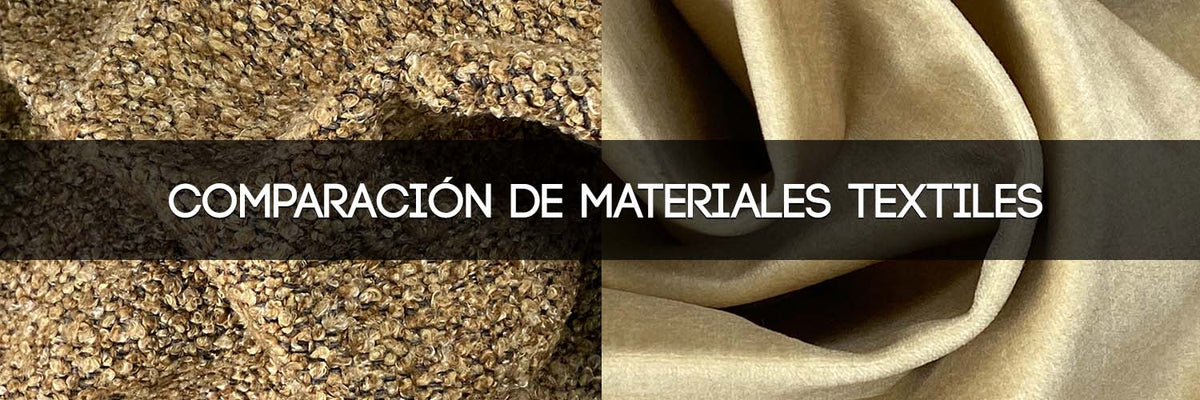- Regular Price
- $ 19.99
- Sale Price
- $ 19.99
- Regular Price
- $ 19.99
- Unit Price
- per

When selecting a fabric, it is common for us to ask ourselves questions about which composition is most appropriate or what the differences are between the various options available. Each material used in the manufacture of textiles has unique properties, specific applications and distinctive functionalities. Therefore, it is essential to become familiar with a variety of textile fibers to make informed decisions. 
In the FORMATEX catalogue, you will find a wide range of fibres, both synthetic and natural, including polyester, linen, polypropylene, nylon, viscose and recycled polyester. Many of our fabrics are made up of blends that have different composition percentages.
Polyester vs. Polypropylene:
Both fibers are highly strong and durable, but each offers unique characteristics and applications. 
Polyester is especially resistant to traction and abrasion, preventing wear and pilling of fabrics. In addition, it is light and retains its structure even in conditions of high temperature and humidity. Polyester offers a wide range of colors as it can be easily dyed, unlike polypropylene. 
On the other hand, polypropylene is resistant to sun, stains, and fading, making it an ideal choice for exterior applications. It is easy to wash and can even resist the use of chlorine without losing color or durability. This fiber does not absorb water, dries quickly and is resistant to mildew.
Nylon: 
Nylon, a thermoplastic synthetic fiber, stands out for its wear resistance, its elasticity, its ability to resist abrasion and its impermeability. It also prevents moth and fungal infestation, does not wrinkle and has a long lifespan due to its resistance.
Cotton vs. Linen:
Unlike the previous fibers, cotton and linen are natural fibers that require certain finishes to improve their strength and durability. 
Linen is stronger and more resistant than cotton, retaining its shape without deforming due to its low elasticity. It is light, cool and suitable for hot climates, as well as drying quickly when liquid is spilled on it. Linen also has antibacterial properties and neutralizes bad odors.

In contrast, cotton is hypoallergenic, breathable but not insulating, and tends to shrink and wrinkle easily. Despite this, it is soft, easy to dye, bleach and durable.
Many of FORMATEX fabrics contain blends of several fibers, which increases their resistance and reduces the need to use textile finishes that are harmful to health. You can consult this information in our digital catalog on the official website.
Related Posts:
Vol. 3 Everything you need to know about threads
Vol. 10 Types of fabrics.
Vol 18. Types of fabrics to upholster furniture.
Vol. 50 What is a linen fabric?
Author | Jimena Chavez
"This information is for reference only, to obtain precise details about the use, qualities and care of our products, it is necessary to consult directly with your seller before making a purchase or receiving recommendations."
0 comments